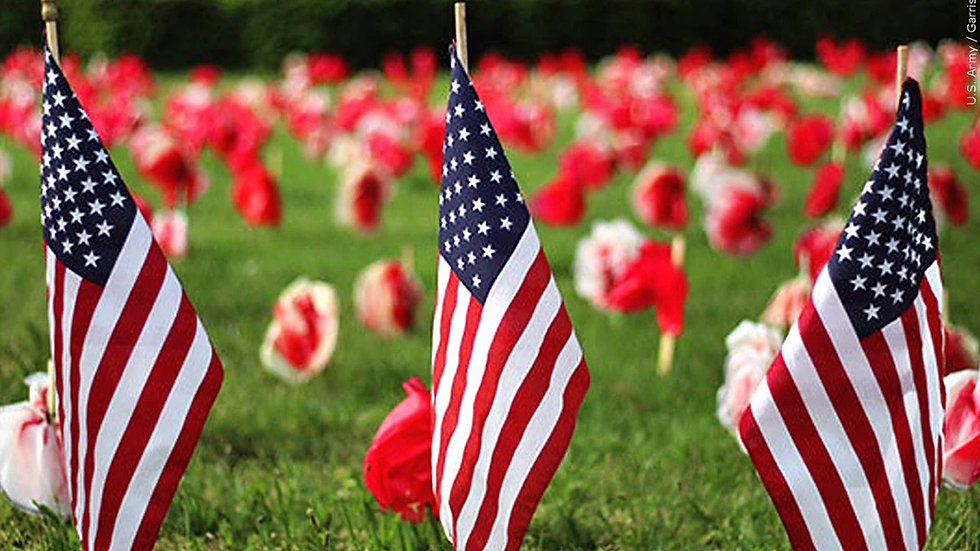Halloween: Then vs. Now
- Oct 28, 2021
- 2 min read
Olivia Olmstead, Freshman
Most people know Halloween is a day of fall activities and trick or treating, a fun day at the end of October to knock on doors and get candy. But Halloween isn’t the only time to celebrate Halloween-like things. During the whole month of October people do fun activities like carving pumpkins, which has now become a TikTok trend, in which people put carved pumpkins on their heads. People also go costume shopping, decorate their homes for fun, especially with fall themed decor, like hay bales, scarecrows, and spooky lawn ornaments. Lots of people, especially teens, go to amusement park haunts, with haunted houses and corn mazes— a local favorite is The Dorney Park Halloween Haunt.

In modern times, people celebrate Halloween with fall activities from September to October 31st, with October 31st to November 1st welcoming in the harvest and ushering in “the dark half of the year.” However, this was not always the case for autumnal celebrations.
These celebrations came from Celtic and pagan practices that were brought into Irish and Scottish traditions. For example in Ireland, mumming was the practice of putting on costumes, going door-to-door, singing songs to the dead, mimicking our trick-or treating.
But Halloween wasn’t always just a day to knock on people's doors and demand candy.

Halloween started out with a Celtic Festival called Samhain. Samhain is a pagan religious festival originating from an ancient Celtic spiritual tradition. The people who celebrated this believed that the barriers between the physical and spiritual world would break down during Samhain, allowing more interaction between humans and the spirits. Ancient Celts claimed Samhain as the most important of the four fire festivals, happening at the midpoint between the fall equinox and the winter solstice. During the time this holiday was celebrated, fires in family homes were left to burn and eventually would go out while the harvest was gathered. After the harvest was complete participants would join priests to light a community fire using a wheel that would make the spark. The wheel was considered a representation of the sun. Cattle would then be sacrificed and people took part of the flame home to relight the fire that had burned out. Failure to participate was believed to result in a punishment from the gods, usually illness or even death.
Luckily, these traditions evolved and gave way to the fall activities we now associate with Halloween, like trick or treating and dressing up as spooky creatures. Happy Halloween!
Sources:




Comments